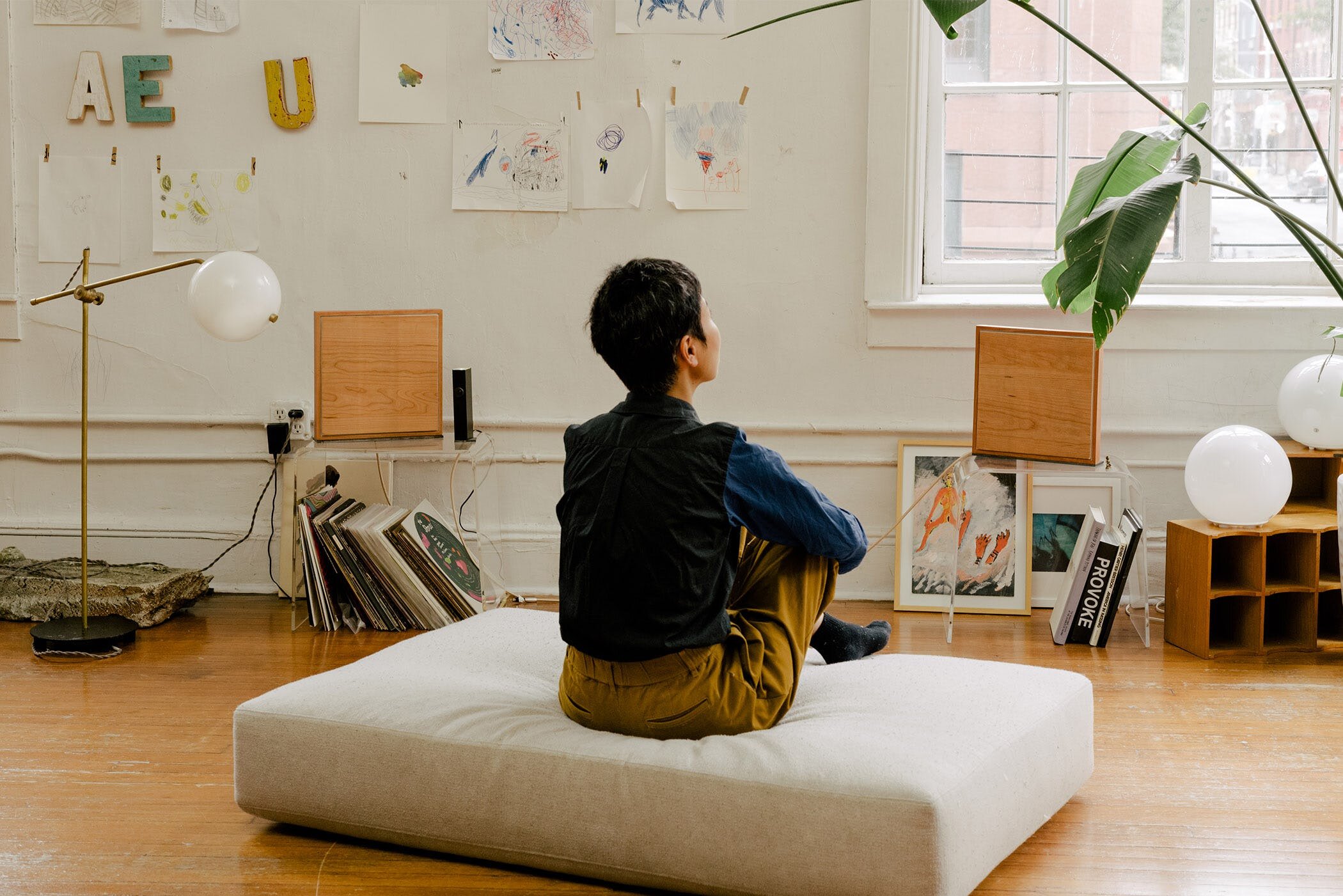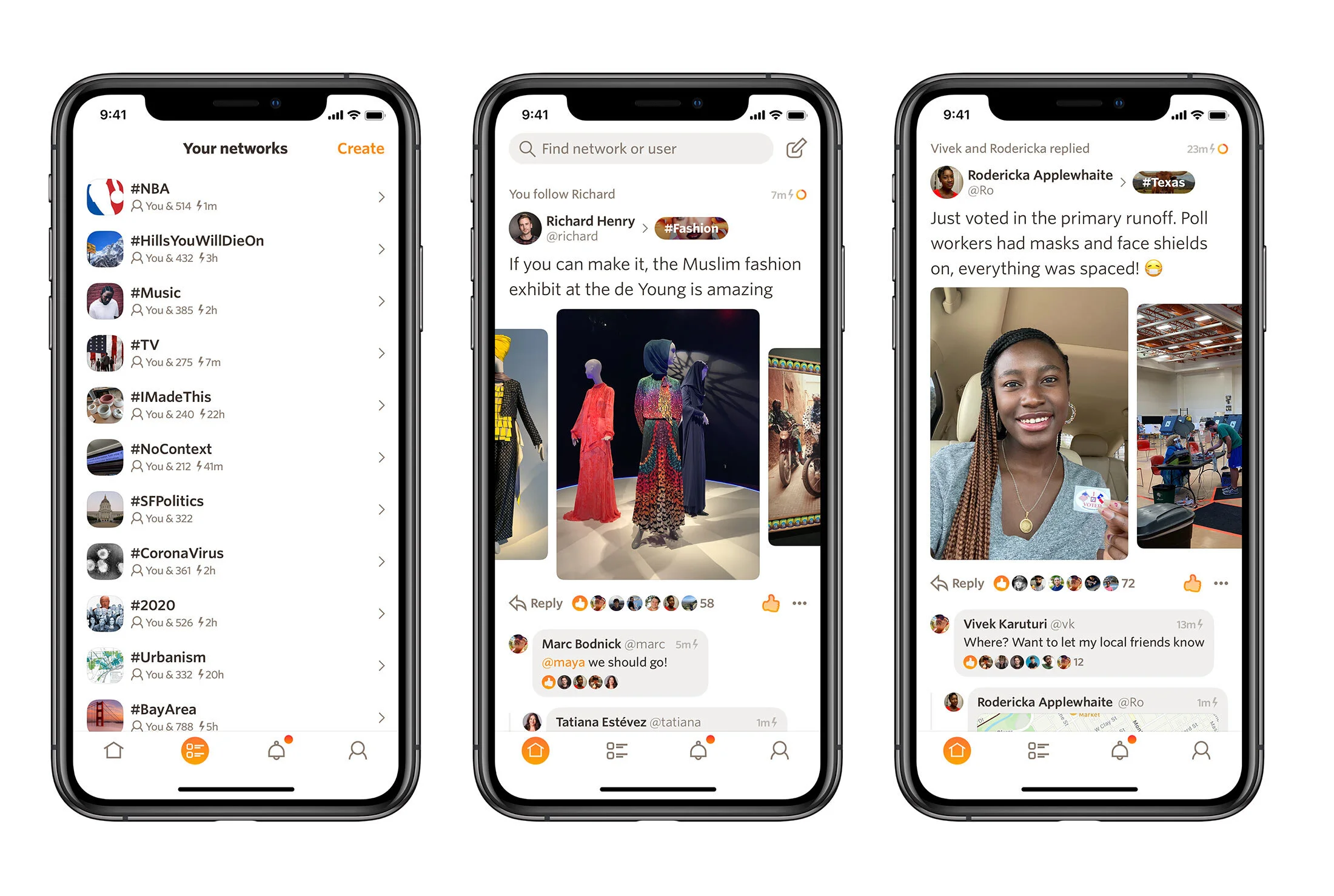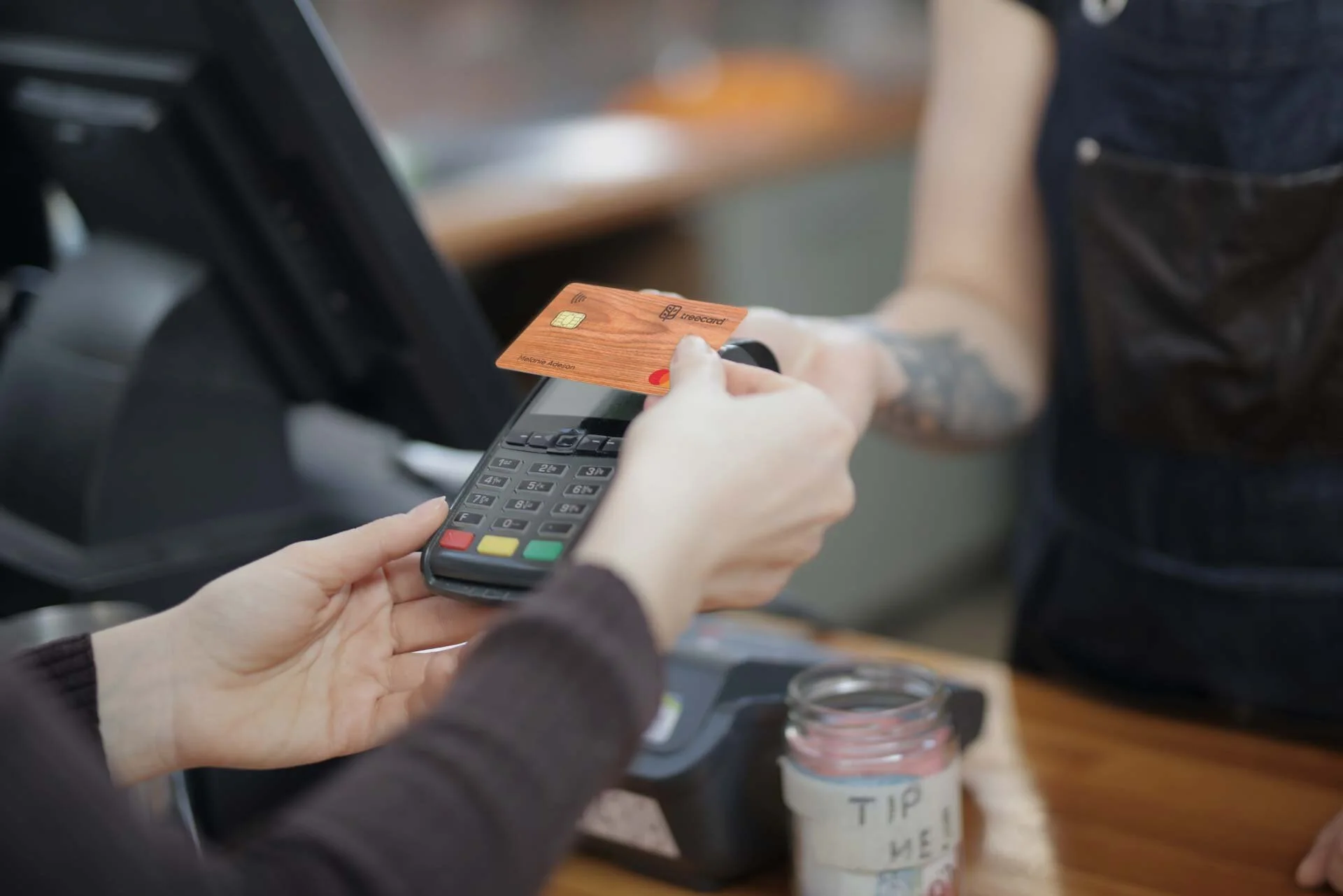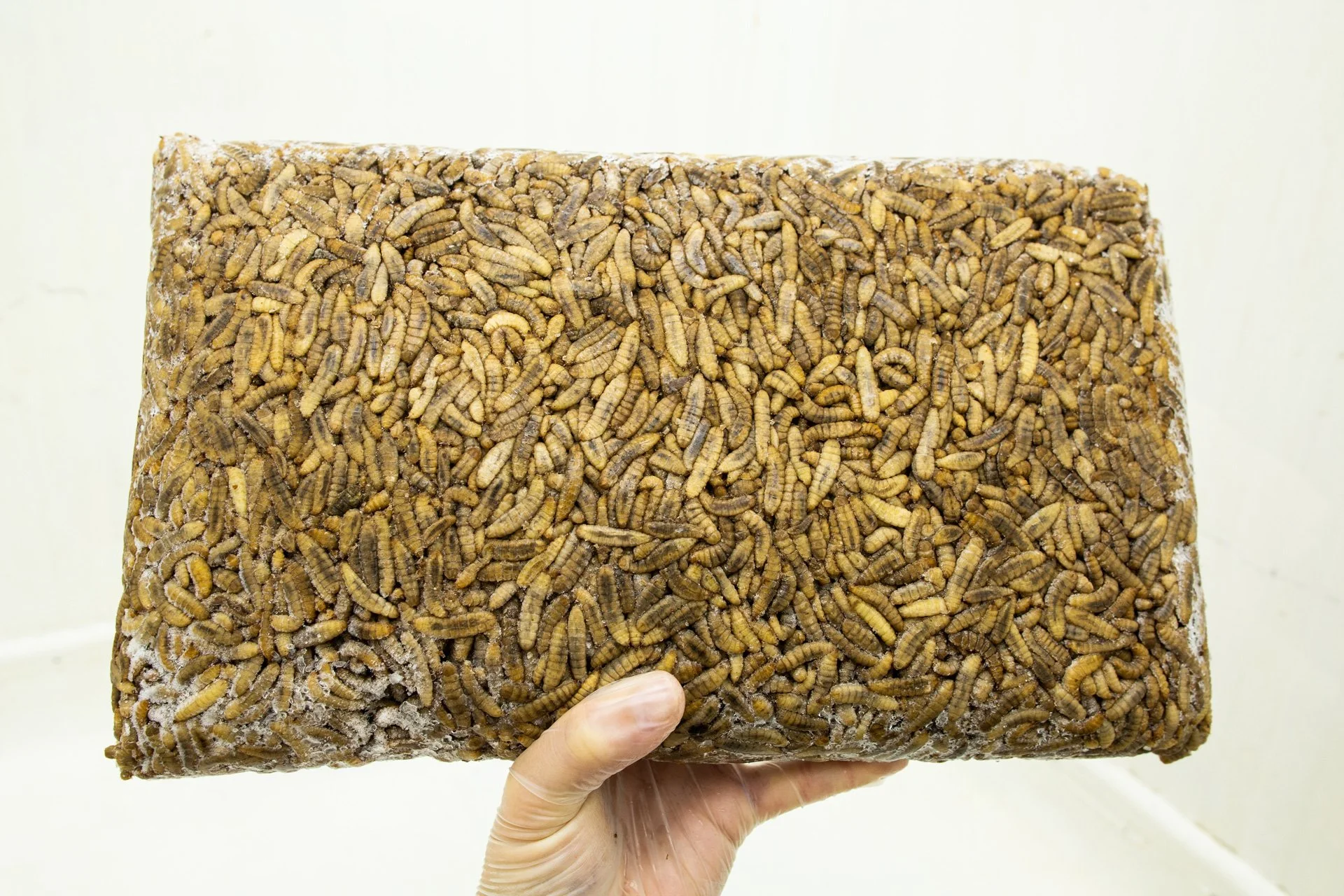Oda — for bringing artists and audiences together
Oda is an antidote to the meh experience of live-streaming music, grainy concert footage on YouTube, and the awful music-as-muzak that all-you-can-eat Spotify has gifted the world.
Often the job of the challenger is to bring something new to the familiar. If you’d told me a few years back that financial transactions would one day drive a social media-like experience, that I’d routinely jump in the back seat of a total stranger’s car to get across town, or that there’d be a major stock market-like experience for sneakers, I might have thought you bonkers. And I’d have missed Venmo, Lyft, and StockX.
Trying to get my head around Oda in 2021 is akin to all of those. And I am a big fan of live music, so I really want to get my head around it.
The basics are this: you buy a pair of nicely designed, hi-quality wooden speakers for $399. These are wi-fi enabled, and the sound is supposedly excellent. Then you buy a season’s subscription for $79 which gives you direct access to live streams of various artists. There’s no video, just sound. You can’t listen later, nothing gets archived. You can’t chat to the musician either. Oda is simply an immersive, intimate listening experience.
Because Oda has popped up in Covid times, it gets framed as a replacement for the live concert experience many of us are jonesing for. But Oda was conceived years before pandemics were all the rage, as an antidote in part to the meh experience of live-streaming music, grainy concert footage on YouTube, and the awful music-as-muzak that all-you-can-eat Spotify has gifted the world. Oda attempts to create a wholly different musical experience around “intentional listening” (HT to E. Little) and build relationships directly between audience and artist.
So, while the most obvious use case is appointment listening for one-of-a-kind concerts — the artist announces the time, and you tune in — the potential is there for new forms and formats to emerge around Oda. When artists sign up to do a “weekend with” or a “residence”, one might experience a 2-hour rehearsal with a classical cellist and a voice-over of the different interpretations she’s working with. Another might give us a tour of their vinyl collection on a Saturday morning, or random jams when a buddy drops by. Others may let you glimpse the creative process, to be there as a new tune develops. This last thought is what excites artist Mount Eerie:
“In this new territory where I’m imagining trying weird new things, it will be extra scary. This scariness makes it seem valuable from an artistic angle, as well as just a personal growth angle. It’s like leaping into an unknown.”
What also excites the artist is the opportunity to add a revenue stream. The livelihoods of musicians have been so upended by streaming services that live shows are the only way to make a go of it. Being able to fill the downtime between tours and to reach audiences where tours never go, might just help keep some musicians afloat.
Oda will never come close to anything like this, but if that same heart and mind opened up his living room to me of a wet weekend in January, well it might just be worth the $399.
Good luck, Oda. eatbigfish and musicians everywhere are rooting for you.





















